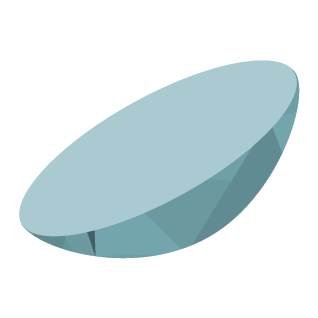What is Myopia Management?
Myopia management does not cure or reduce myopia, but aims to slow down the rate at which it gets worse. The eye grows rapidly until early adulthood, so myopia management will usually be continued until at least 17 years of age.
If myopia management is started while the eye is still growing, we can halt the progression of Myopia by up to 60%, preventing the negative effects of having a large myopic prescription from a cosmetic and health point of view.
Why Does Myopia Matter?
There are two reasons why the amount of myopia matters:
- The higher the myopia the more dependence on glasses or contact lenses. This can be inconvenient and expensive.
- Large amounts of myopia can affect the health of the eyes, and the greater the myopia the longer the axial length of the eye grows, resulting in important structures being compromised in the back of the eye.
Consequently a Myopic eye is more at risk of conditions such as; Retinal detachment, Myopic Maculopathy, Cataracts and even Glaucoma.
Genetic Factors
Did you know that the risk of Myopia is increased if it already exists within parents?
If one of your parents has Myopia, you are three times more likely to develop it, and if both of your parents have Myopia you are six times more likely.
Genetic vs Environment
Strong evidence that higher prevalence of myopia is the result of adaption to rapid and environmentally induced changes associated with increased education and urbanization.
At Gregory & Seeley we are able to offer multiple treatment options dependent on your child’s eyes and needs.

Spectacles
Using peripheral defocus technologies for reducing the progression of childhood myopia without the need for contact lenses.

Orthokeratology
Contact lenses that are worn overnight, which can slow the rate of progression of myopia, as well as allowing freedom from spectacles or contact lenses through the day.

Soft Contact Lenses
There are now a number of modalities of scientifically proven day wear soft contact lenses that reduce the progression of myopia in children.